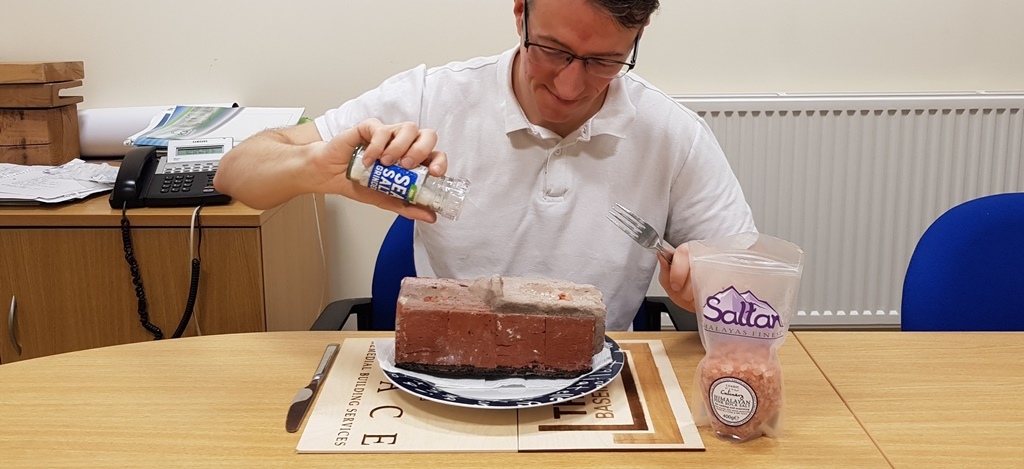Best Methods for Preventing Condensation and Mould
This year, like many of us, we've held back on turning on the heating with a view to preventing unwanted surprises (high energy bills) and over the weekend we cleaned off the onset of black mould from each bedroom at home, so what can we do about it and what are the best methods for preventing condensation and mould?
The TLDR (too long didn't read) answer - heat, ventilation, insulating cold surfaces, dehumidification (sometimes), vapour production. Simple right? Let's look at this in a bit more valuable detail.
How to prevent condensation and mould
Ventilation
Open the windows.. Ok, no-one wants to lose heat that we've paid for and to live in a freezing cold house. We're leaving the heating off in the day generally and turning it on if it's cold before the kids get back from school. So, we open the first floor windows a crack, whilst the heating is off. If you have trickle vents (which we don't), it's similar in scope. Can't leave windows open? Consider whether you can retrofit trickle vents?
It doesn't require wide open windows. If you read our article on vapour pressure, this comments upon vapour pressure equalisation, which in simple terms means that wet air (high vapour pressure) will seek to equalise with drier air (low vapour pressure). The air outside is generally drier than within an occupied space, such as a bedroom collecting exhaled moisture overnight. Hence, vapour can be lost to the exterior without requirement for substantial ventilation.
What about PIV (positive input ventilation) systems for preventing condensation? These are a fan in a box, either mounted in the loft/atic, or within the property, they work like an extractor fan but in reverse, bringing drier outside air in, to displace and push out more humid internal air
They do work to address condensation, but I wouldn't want one in my home. They are in a sense, just like leaving the windows open, but to a greater degree than described above.
In a warm roof space (subject to thermal gain from the sub shining on the roof), they can bring in warm air, but if it's cold, they're bringing in cold air and potentially displacing heated air to the exterior. Even where they have a heater within them, this does not heat the air to a great degree, it is just to take the edge off.
We prefer heat recovery fans/systems. These can be in wall units, essentially like extractor fans, or in-loft systems which duct to serve a number of rooms. The former are relatively cheap and easy to install. This is like opening the windows, but without losing all of the heat. A colleague has an aquarium and that caused condensation problems, he's installed a heat recovery fan, it has addressed the condensation, without making his house colder.
Passive vents are another option, these are like an air brick but with a vapour permeable foam core within them. The principle is that the wind cannot whistle through and make your house freezing, but vapour can escape to the exterior. Again vapour pressure equalisation can come in to play.
Personally, I'm starting with cracking the windows.
Heating to reduce condensation
Air generally contains water in the form of vapour. Vapour is just water in its gaseous state. If you cool air to a point, the water vapour turns into liquid water, this is condensation. Therefore, keeping the air warm, helps to prevent condensation.
Do we heat the air all the time then? This is not necessarily that practical. It is good advice to maintain low level background heating, but I don't keep the heating on all the time.
Insulating cold surfaces
Part of what causes condensation, is cold surfaces. These can cool the air in contact with those surfaces, to the point at which vapour condenses to liquid water. Why not then, seek to provide warmer surfaces in those locations where condensation occurs. There is a consideration of vapour permeability. If vapour can bypass your insulation to access a cold surface behind, condensation may then form behind it and that it not good. Ideally the material needs to be continuous and vapour impermeable.
In my house, I have condensation forming to the around windows, mainly beneath the sills of dormas where it is evidently a cold spot. I'll likely remove plasterboard and try and insulate behind, placing some extruded polystyrene insulation between the timbers, and over boarding with an insulation backed board, and will see how that fares.
Dehumidification
Good for drying your clothes in a room with doors and windows closed, not necessarily an ideal solution to condensation in isolation, but has it's place. We used one to dry areas down in which mould was starting to grow before cleaning with HG mould spray.
Vapour Production
Bathrooms and kitchens should have good ventilation, and the norm these days is continuous running fans, which are silent and move just a very slight volume of air, but they do so continuously. This means that in the dead of night when temperatures are lowest and your home is most prone to condensation, measures are working to prevent these issues. When the kitchen etc., is in use, they should have a humidistat component which detects higher humidity and runs the fan at a higher speed. This is seeking to deal with major sources of vapour production, at source.
Your wet clothes, rather than spreading them around radiators throughout your home, better to place them in a room with a dehumidifier blowing through the clothes and close the doors and windows, such that the dehumidifier can work within a contained parcel of air.
Professional drying companies - those that address your homes for insurers after big plumbing leaks, they dry using a combination of dehumidification, heaters, and fans for air-movement.
How to prevent mould
Mould is funghi, in simple terms it is a mushroom. These require a number of things to grow - spores, which are in the air all around us all the time, oxygen, a food source (organic material), and sufficient water. This water can be in the form of a liquid, or gas (water vapour held in the air).
So all we can really influence, is the food source which is difficult to remove from our homes, and water. Hence it is water that we need to try and control in preventing this germination and growth of mould, and this takes us back to all of the suggestions and considerations above.
That some people have to live in mouldy homes is obviously a bad thing, and in extreme cases can lead to tragic consequences, but dealing with it is not impossible, the above can be applied in numerous different ways to prevent issue. In new construction, we deal with scenarios such as external podium decks (like a flat roof but with earth/finishes above), with swimming pools beneath, so potentially massive volumes of vapour, all controlled via clever use of insulation materials and heating/ventilation. It can be done.
A little about Trace Basement Systems
We are a structural waterproofing expert. If you're worried about condensation and mould in your home and need to speak to an expert get in touch with a member of our team.
Our website was developed by Higher Ground CRO agency.

.JPG)

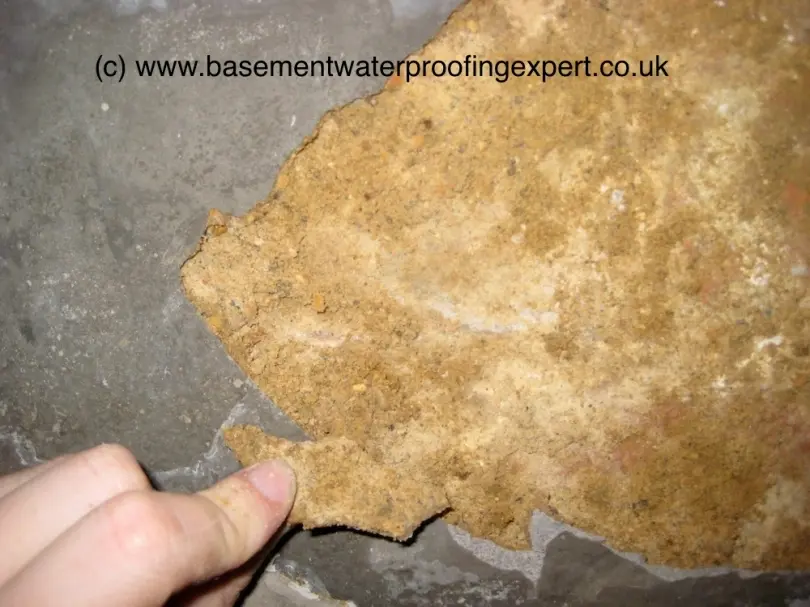

.JPG)
.jpg)




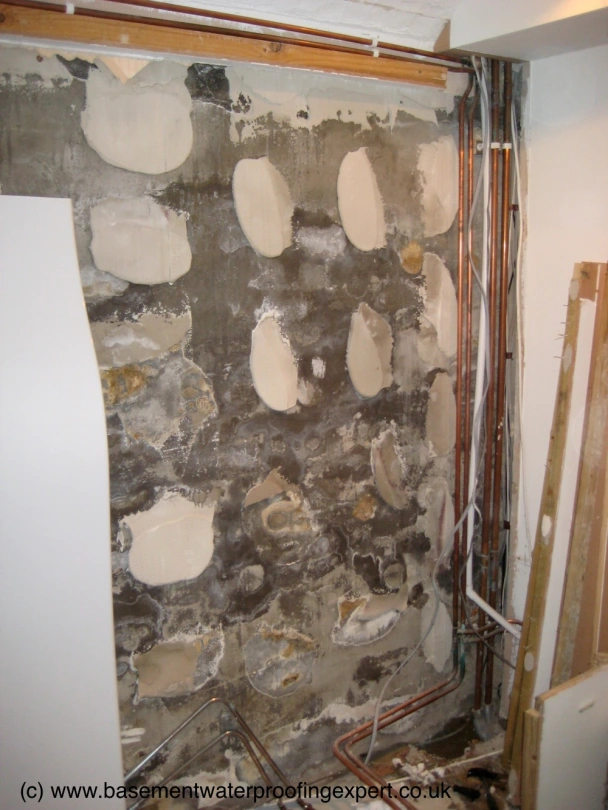
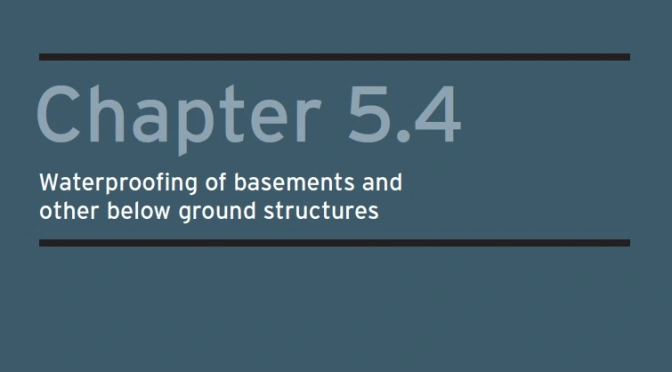
.JPG)

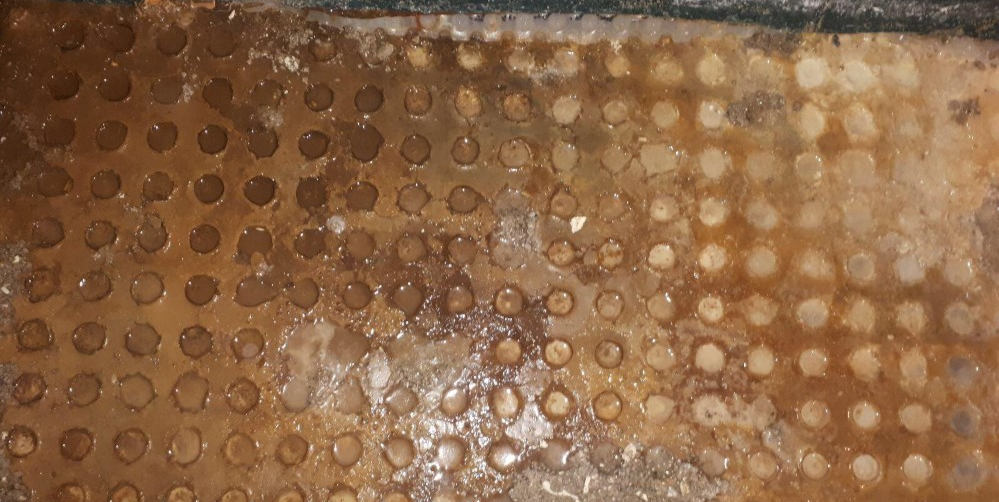
.JPG)

.jpg)
.jpg)
.jpg)

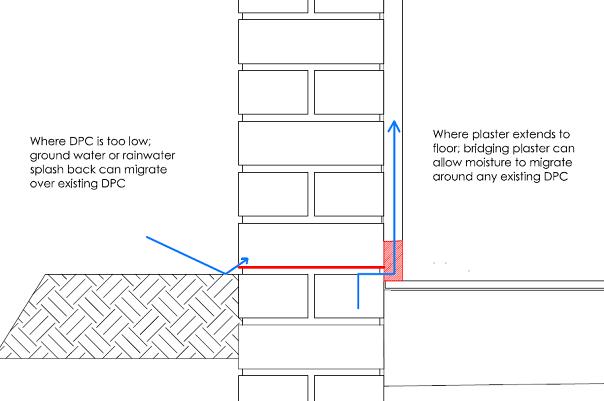
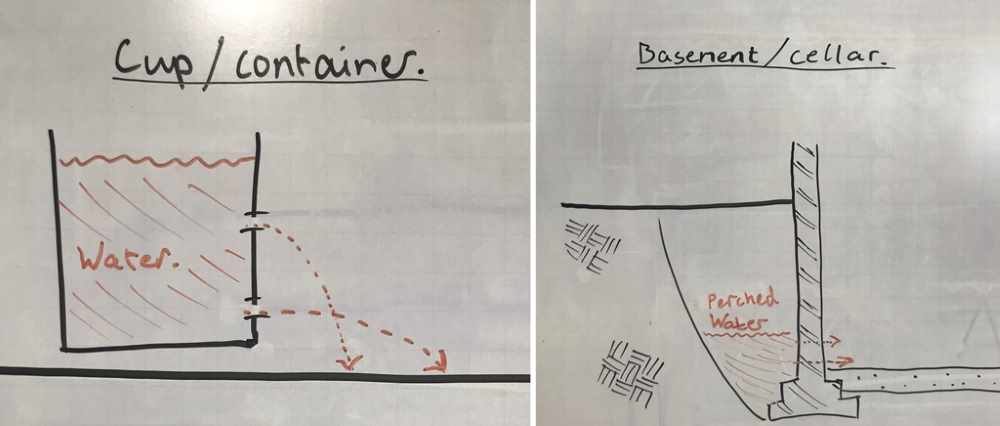
.jpg)
.jpg)
.jpg)
.jpg)

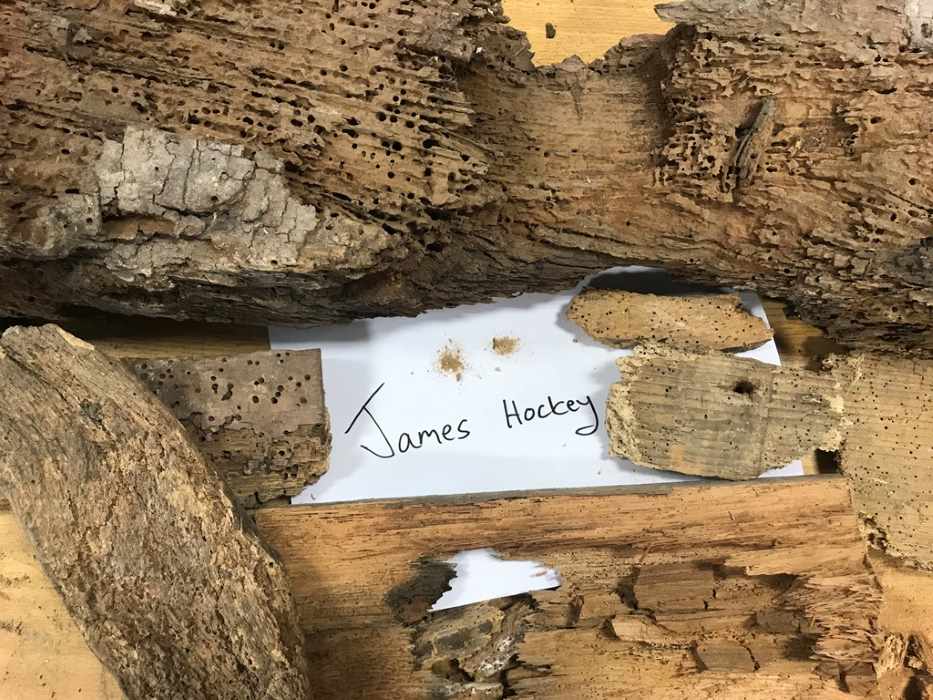
.jpg)
.JPG)

